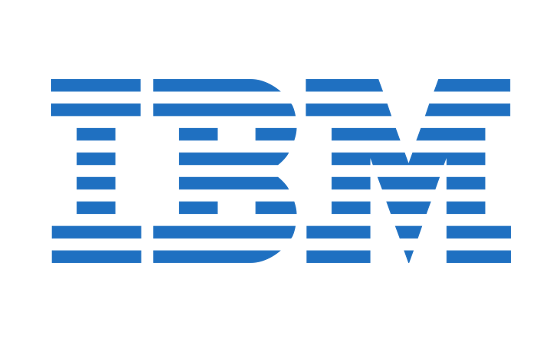 Medical researchers and IBM (NYSE: IBM) are asking the public's help in finding prospective treatments for childhood cancers, the top worldwide cause of death by disease for children. Scientists are searching for chemical drug candidates that can affect the key molecules and proteins that control cancer cells in several common childhood cancers. However, finding drug candidates is an expensive and slow process.
Medical researchers and IBM (NYSE: IBM) are asking the public's help in finding prospective treatments for childhood cancers, the top worldwide cause of death by disease for children. Scientists are searching for chemical drug candidates that can affect the key molecules and proteins that control cancer cells in several common childhood cancers. However, finding drug candidates is an expensive and slow process.
To accelerate the process and broaden the search, IBM is providing those scientists free access to World Community Grid, an IBM-funded and managed program which advances scientific research by harnessing computing power "donated" by volunteers around the globe. This resource is the equivalent of a free, virtual supercomputer that enables scientists to more quickly conduct millions of virtual experiments to help pinpoint promising drug candidates for further study.
The project was announced in the United States at a press conference led by Connecticut Governor Dannel Malloy, IBM, and Dr. Ching Lau of Connecticut Children’s Medical Center, Jackson Laboratory and UConn School of Medicine, who is spearheading this crowdsourced research effort in the US.
Volunteers don't provide any time, money or technical expertise to assist with this research effort, called Smash Childhood Cancer. Instead, they participate in World Community Grid by downloading and installing a free, secure app on their computer or Android devices. While otherwise idle, volunteers' devices automatically perform virtual experiments on behalf of the research team. The results are transmitted back to researchers, where they are analyzed.
Smash Childhood Cancer brings together an international team of expert researchers from Chiba University and Kyoto University in Japan; The University of Hong Kong in Hong Kong; and the Connecticut Children's Medical Center, the Jackson Laboratory, and the University of Connecticut School of Medicine in the United States.
The global initiative is led by Dr. Akira Nakagawara, an internationally renowned pediatric oncologist, molecular biologist and CEO of the Saga Medical Center KOSEIKAN, in Japan. Dr. Nakagawara used the same research approach on a previous World Community Grid project which successfully identified drug candidates for neuroblastoma, one of the most common cancers in children.
Smash Childhood Cancer expands the search for treatments for neuroblastoma, as well as other forms of childhood cancers including brain tumor, Wilms’ tumor (tumor of the kidney), germ cell tumors (which impact the reproductive and central nervous system), hepatoblastoma (cancer of the liver) and osteosarcoma (cancer of the bone).
Since 2004, IBM’s award-winning World Community Grid has provided this resource for 27 research projects in critical areas including cancer, HIV/AIDS, Zika and Ebola viruses, genetic mapping, sustainable energy, clean water, and ecosystem preservation.
To date, World Community Grid has connected researchers to half a billion U.S. dollars' worth of free supercomputing power. This resource to accelerate scientific discovery, partially hosted in IBM's cloud, has been fueled by 720,000 individuals and 440 institutions from 80 countries who have have donated more than 1 million years of computing time on over 3 million desktops, laptops and Android mobile devices. Their participation has helped identify potential treatments for childhood cancer, more efficient solar cells, and more efficient water filtration materials.
World Community Grid is enabled by Berkeley Open Infrastructure for Network Computing (BOINC), an open source software platform developed at the University of California, Berkeley.
Join World Community Grid today to enable your computer or Android device to help Smash Childhood Cancer.
For further information, please visit:
https://www.worldcommunitygrid.org